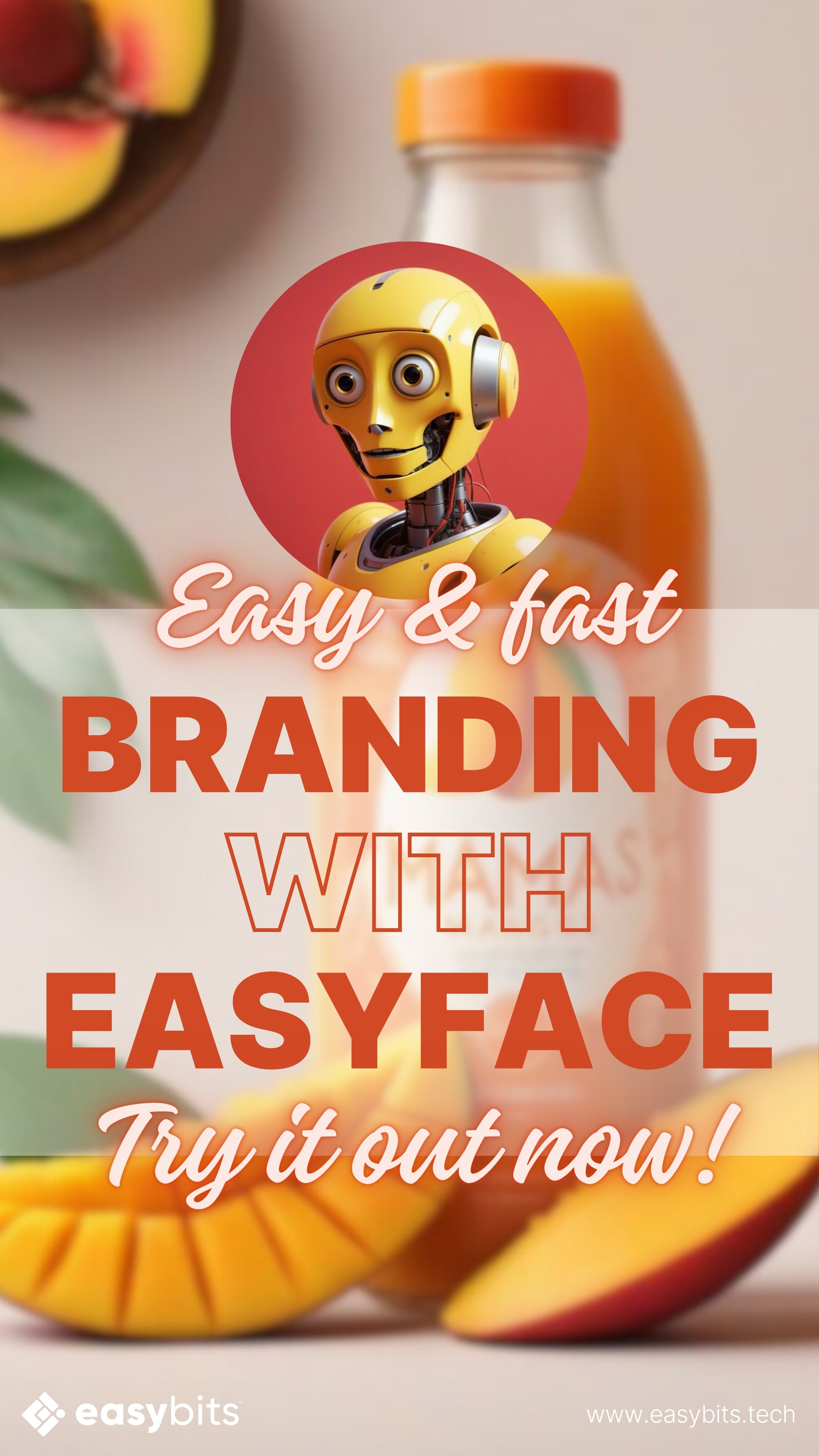💡 easy guide to: Transforming Text into Visual Masterpieces

The fusion of Artificial Intelligence (AI) with art marks a transformative journey from basic foundational models into today's more refined models. This evolution, fueled by open-source contributions, has changed how we think about creativity. Behind major technological leaps, AI in art has made creative visualization more accessible and opened up a new world where words turn into vivid images, reshaping the possibilities of what anyone can achieve in the digital art space.
In this article, we look into the transformative impact of AI on artistic expression, exploring its origins and milestones.
The Advent of Neural Networks
The journey begins in the mid-20th century with the pioneering development of neural networks. Frank Rosenblatt's Perceptron model in 1957 laid the groundwork for machine learning, planting the seeds for AI's future role in art. Yet, it was the monumental victory of IBM's Deep Blue over chess grandmaster Garry Kasparov in 1997 that underscored AI's potential beyond computational tasks, preluding its creative applications.
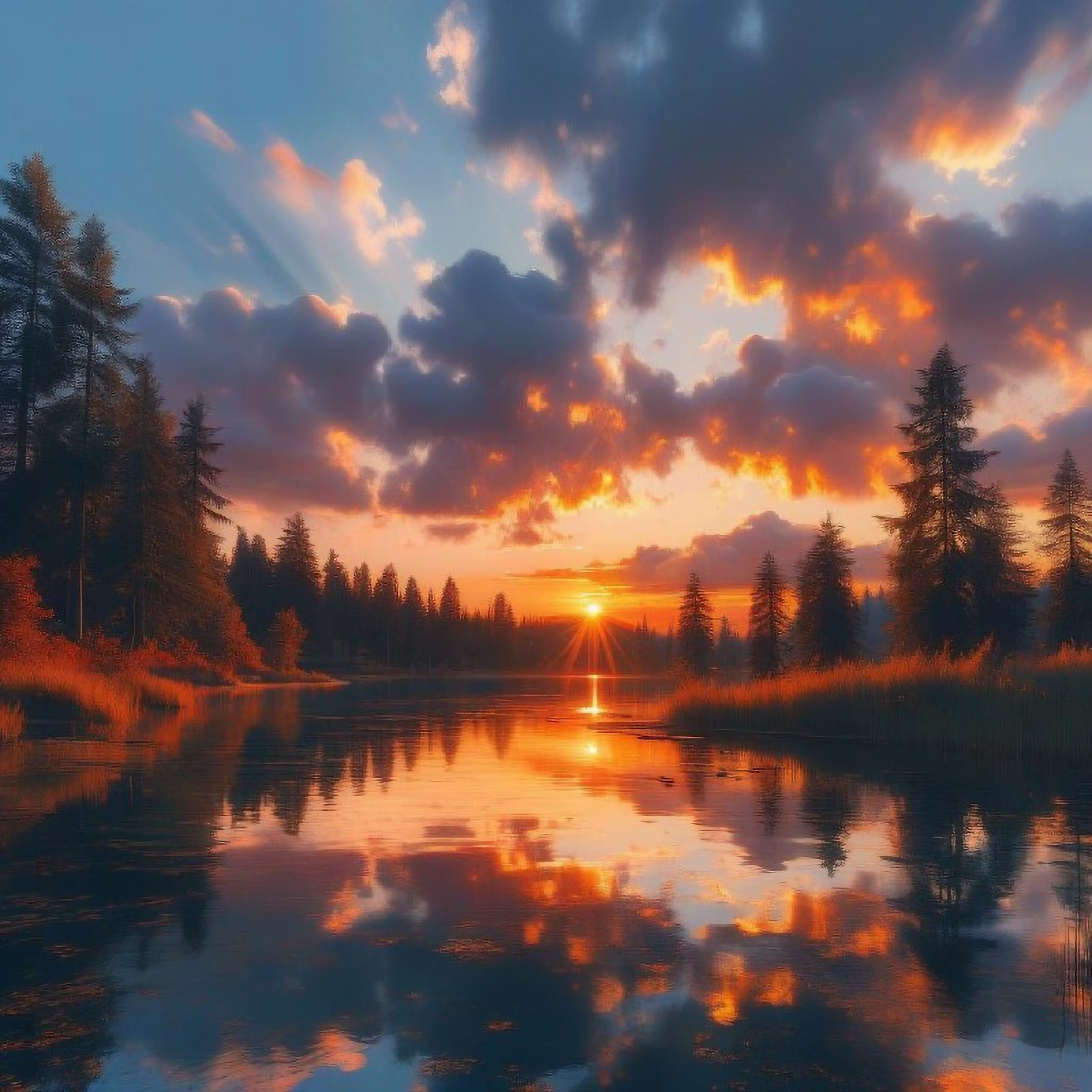
💡 easy guide example: Imagine explaining how a neural network learns from data to recognize patterns, much like how a child learns to identify different animals by looking at pictures in a book. This analogy is how a neural network learns.
Breakthrough with GANs and Transformer Models
The introduction of Generative Adversarial Networks (GANs) by Ian Goodfellow and his team in 2014 was a groundbreaking development in AI-generated art, featuring a dual-network system of generators and discriminators that produce lifelike images.
This innovation established the groundwork for AI's creative potential in the visual arts. Alongside, the emergence of transformer models, particularly OpenAI's GPT series transformed Natural Language Processing (NLP) by enabling the processing of complex language patterns. This significantly improved AI's ability to understand textual descriptions and transform them into intricate visual representations, marking a significant leap in bridging the gap between textual creativity and visual artistry.
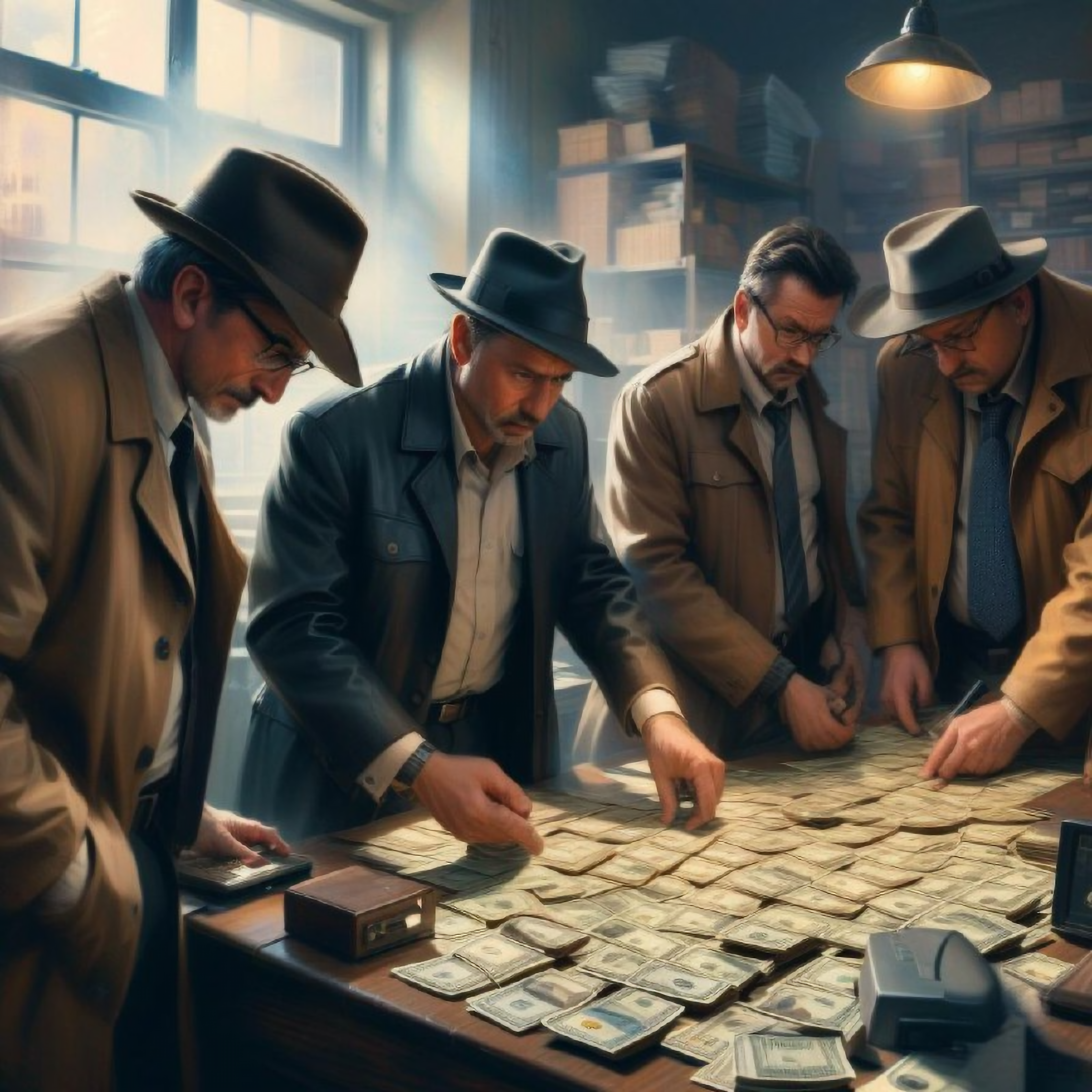
💡 easy guide example: Think of GANs as a team of counterfeiters and detectives. The counterfeiters (generators) create fake currency, while the detectives (discriminators) try to distinguish real money from the counterfeits. Through this adversarial process, both the counterfeiters and detectives improve their skills, ultimately producing high-quality counterfeits that are difficult to detect.
Creativity with Text-to-Image Models
The intersection of AI and art witnessed a remarkable milestone with the advent of OpenAI's DALL-E in January 2021, a model capable of generating vivid imagery from textual prompts. This innovation showcased AI's profound ability to grasp diverse concepts and materialize them into intricate visual forms, starting a wave of community-driven initiatives. Platforms like Midjourney have further expanded the horizons of image creation, offering users the tools to unleash their creativity through straightforward textual commands.
GANs, with their dual neural network structure comprising a generator and a discriminator, set the stage for producing images nearly indistinguishable from reality, highlighting AI's potential for both replication and innovation in art.
In parallel, the evolution of transformer models, particularly through OpenAI's GPT series, has transformed Natural Language Processing (NLP). These models excel in deciphering complex language patterns, greatly advancing AI's ability to parse textual descriptions and render them into detailed visual artworks. Together, these technological breakthroughs have not only paved the way for AI's expanding role in artistic creation but have also enabled a broader spectrum of individuals to engage with and contribute to the field of AI-generated art.
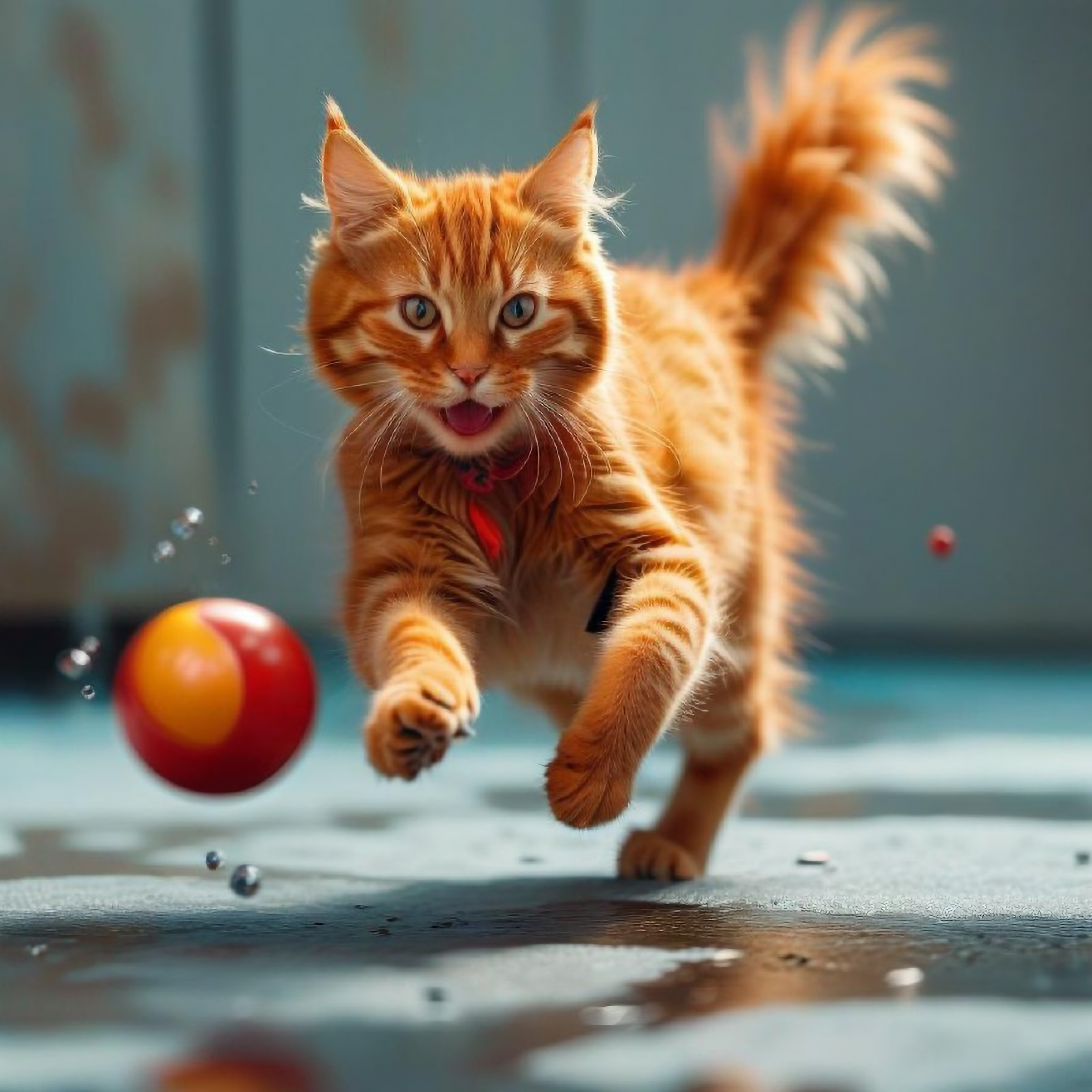
💡 easy guide example: Picture a scenario where someone describes a "fluffy, orange cat chasing a red ball" to an AI model. The model interprets this description and produces a detailed image of the playful cat in action, complete with vibrant colors and realistic textures.
The Craft of Prompt Engineering in AI Art
The advancement of text-to-image technology has given rise to the essential discipline of "prompt engineering." This field combines human creativity with AI's computational power, requiring practitioners to craft textual prompts that effectively communicate with specialized models.
The art of prompt engineering lies in its ability to influence the quality and relevance of the images produced, demonstrating a unique collaboration between human ingenuity and algorithmic interpretation. This synergy fosters a distinctive dialogue that enhances creative outcomes, making prompt engineering a pivotal skill in the realm of AI-driven art.
Crafting Strong Prompts for AI Image Generation
Creating the ideal text prompt requires a blend of creativity, precision, and a solid understanding of how AI interprets language. This process represents the collaboration between human artists and AI systems. The quality of generated art hinges on the cleverness of the prompts, underscoring the importance of prompt engineering in today's artistic landscape.
Before we explore how to craft effective prompts, let us first understand what a prompt is in the context of AI image generation. A prompt is essentially the set of instructions you provide to an AI image rendering tool. The AI uses these instructions to create a specific visual output.
Elements of a Text-to-Image Prompt
A standard AI image prompt includes three main elements:
- Subject: The focus of the image, such as a person, animal, character, object, or location. This is the central element you want the AI to generate.
- Description: Details and surroundings that add context to the subject, such as actions, environment, time, and location.
- Style/Art Medium: The desired style or medium, like realistic photos, oil paintings, illustrations, etc., which define the final aesthetic.
To write an effective prompt, clarify your main idea and specify the details and styles you want.
Top Tips for Writing Effective Text-to-Image Prompts
Write Detailed Prompts for Specific Results:
- Include a noun for clarity in the subject.
- Specify the perspective, lighting, and color tone.
Keep Your Prompts Brief and Focused:
- Prioritize keywords over connecting words.
- Use active voice and punctuation.
- Avoid repetition and assumptions.
Use Different Styles Like Filters:
- Mention an artist's name or choose a specific aesthetic.
Avoid Complex or Ambiguous Language:
- Focus on positive prompts.
- Specify singular nouns or numbers.
- Make your prompt explicit to prevent unwanted surprises.
This should equip you to write effective prompts to achieve your desired results with AI image generation.
Navigating Challenges in AI-Driven Artistic Expression
While the integration of AI into art has unlocked new realms of creativity, it also brings forth significant ethical and technical challenges. Specialized models, trained on extensive online datasets, often reflect biases inherent in their training materials, raising concerns about copyright, ethical use, and training data as a whole. These issues have sparked discussions within the artistic and tech communities, emphasizing the importance of responsible innovation and the inclusion of diverse perspectives in AI-generated art.
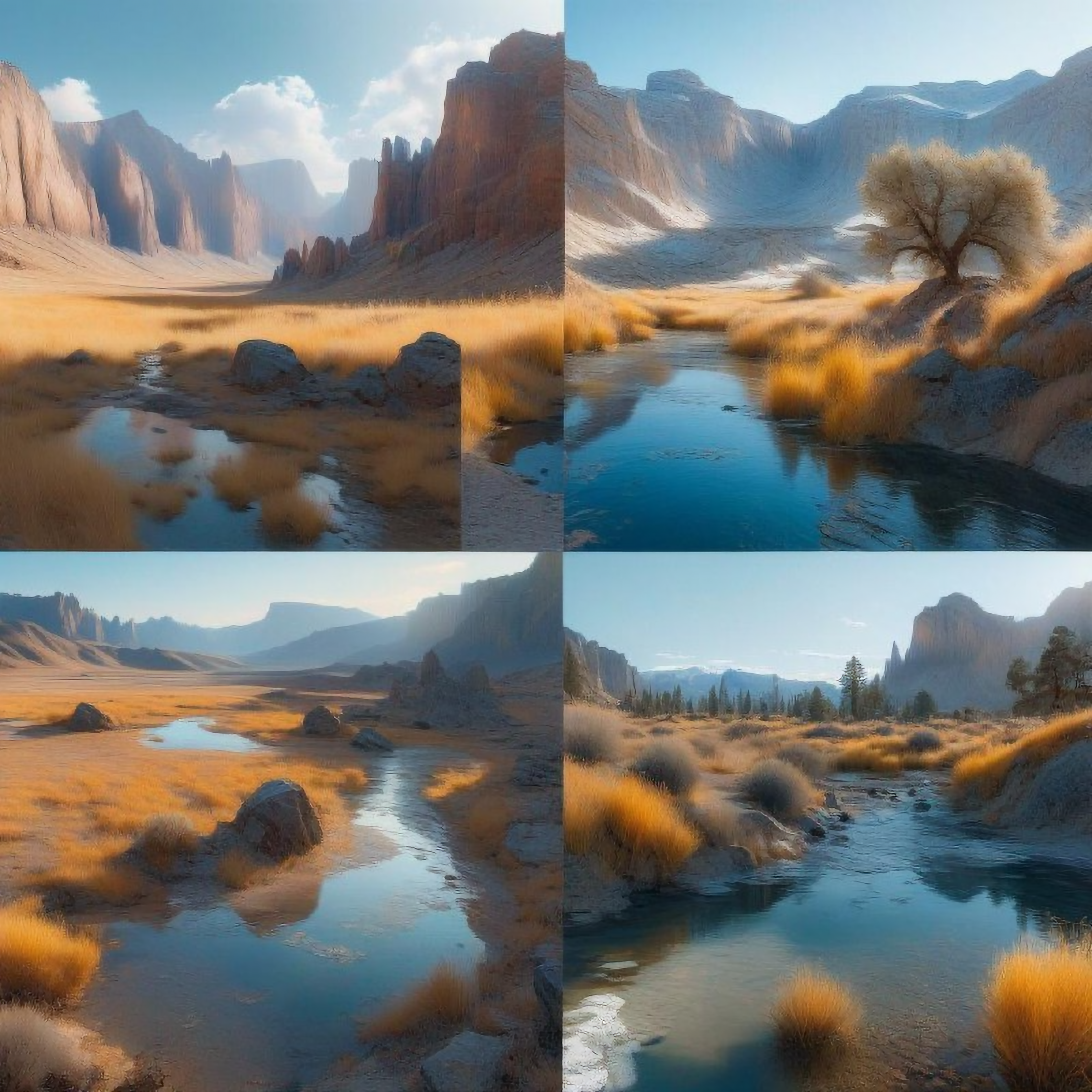
💡 easy guide example: Consider a situation where an AI model trained primarily on images of Western landscapes inadvertently produces biased representations when generating images of landscapes from other parts of the world. This highlights the importance of addressing biases in AI training data to ensure fair and accurate artistic expression.
If my explanation seemed a bit vague, I would not hold it against you. The rapid pace at which the industry is evolving means that we're still in the process of reaching a comprehensive understanding of AI-generated art. This could potentially lead to an unprecedented era of artistic creation or, alternatively, open up a Pandora's box of complex legal disputes.
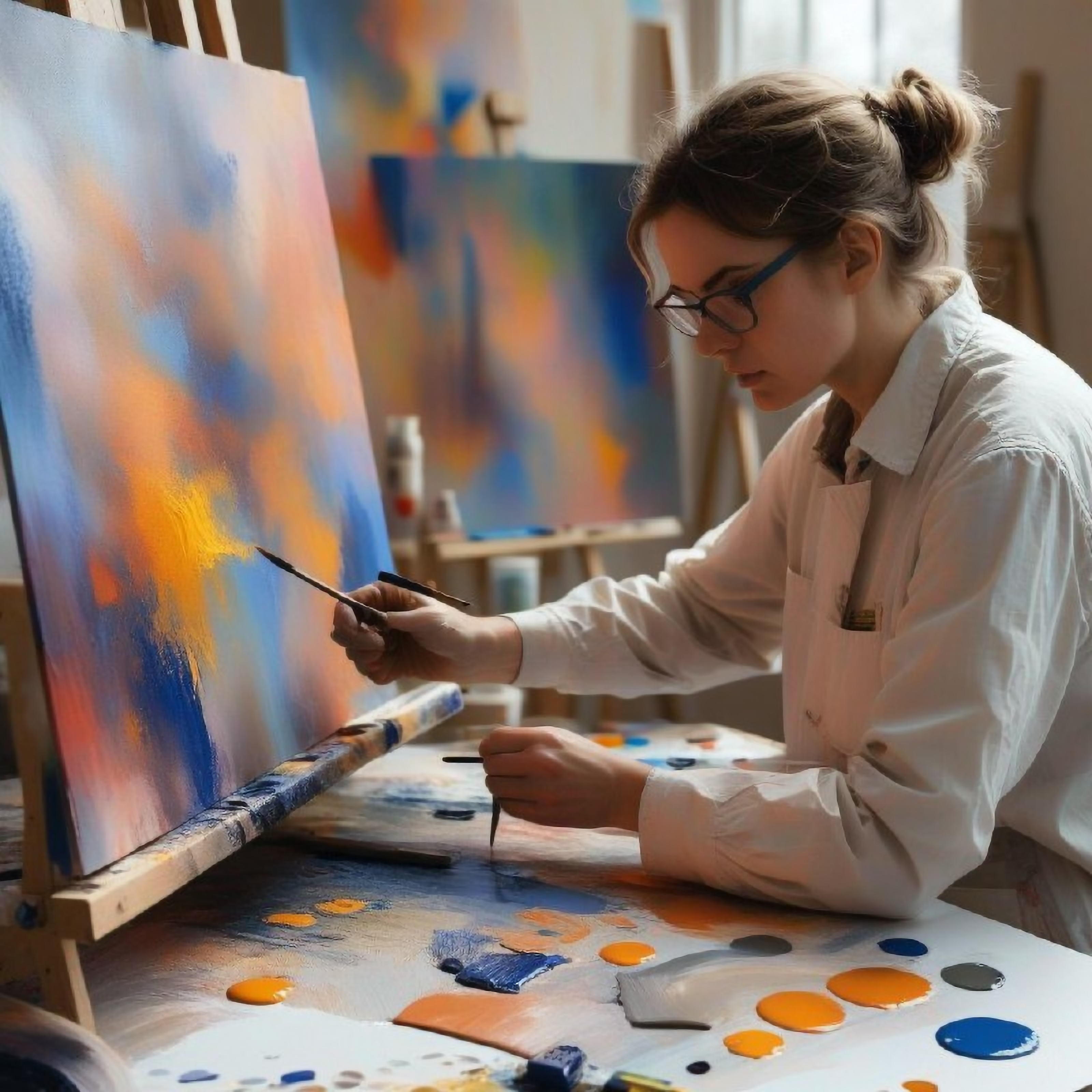
💡 easy guide example: Imagine an artist crafting a specific set of instructions for a painting, detailing the colors, shapes, and overall composition. Similarly, prompt engineers carefully construct textual prompts to guide specialized models in generating desired visual outcomes, ensuring coherence and relevance in the final artworks.
Conclusion
AI's role in reshaping artistic expression serves as an example of technology's boundless potential to enhance and redefine the creative process. From the establishment of neural networks to today's specialized models, this story charts technological progress and underscores the impact of open-source contributions on fuelling innovation. As specialized models become more sophisticated and accessible, opportunities for further innovations in the creative space will present themselves.
With easyface, the shackles of creative expression have been removed, empowering anyone to craft stunning visuals without cost or complexity. Join us in pushing the frontiers of artistic expression, and redefine the very fabric of visual storytelling.
Start creating your own art pieces!Check this video to find out more
